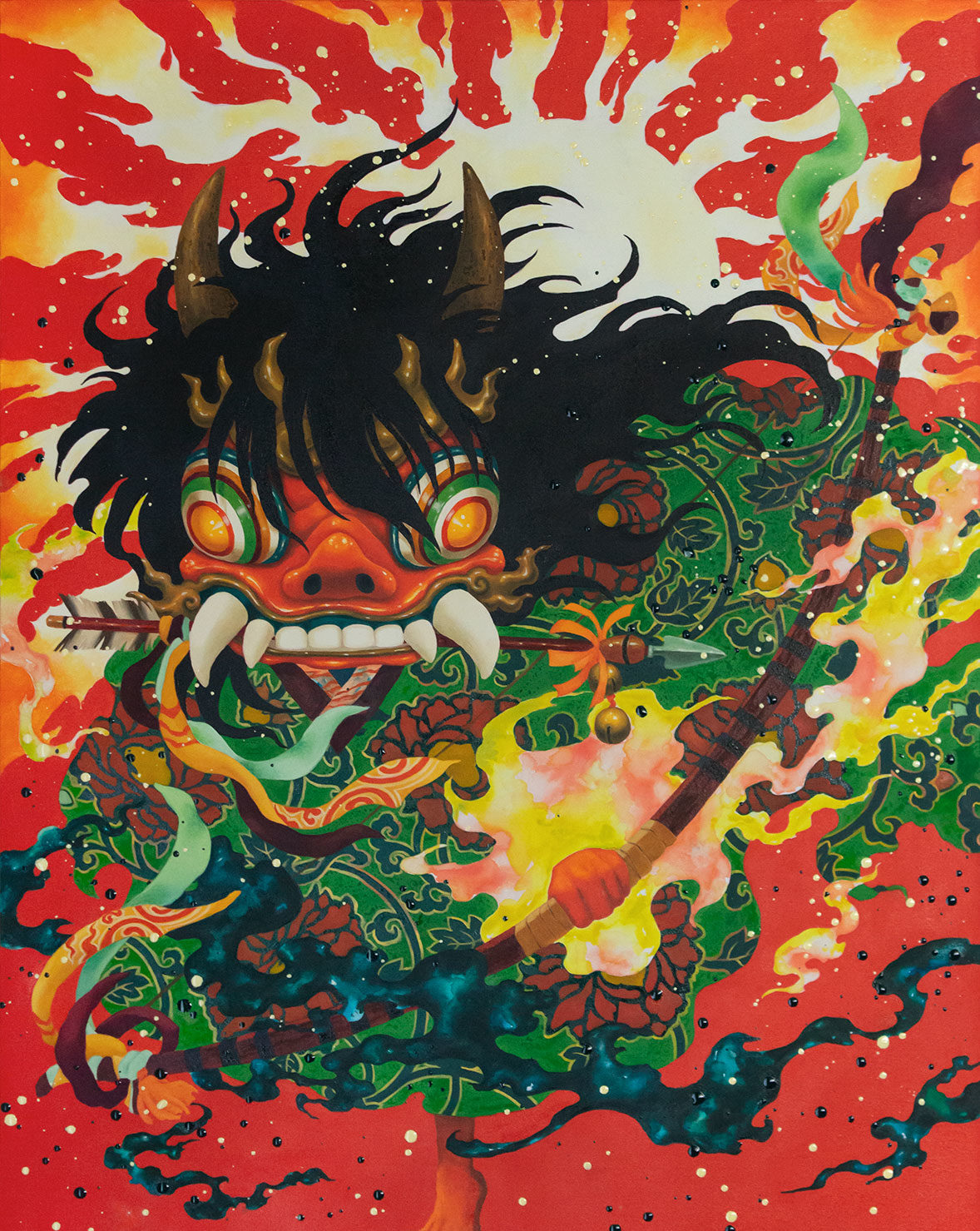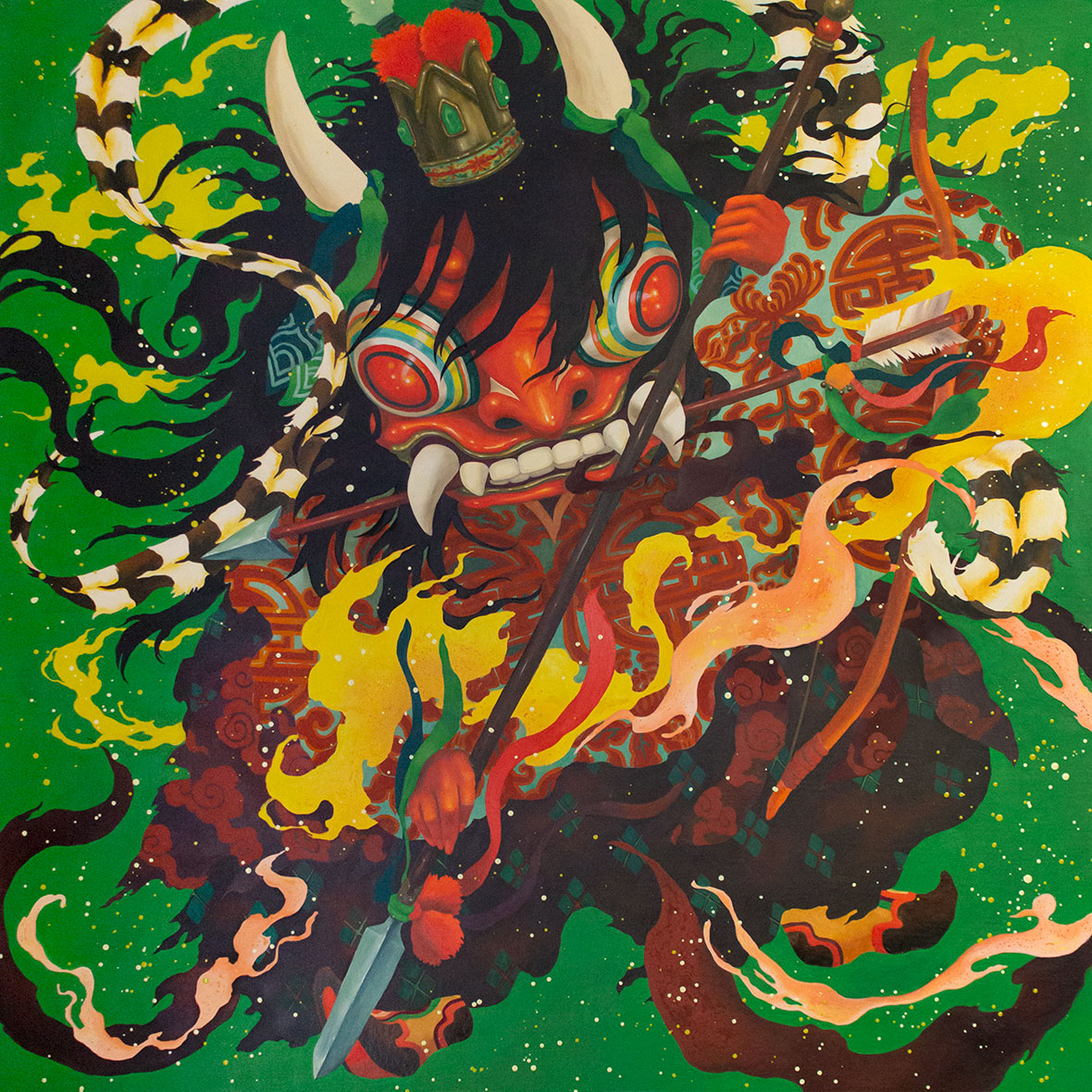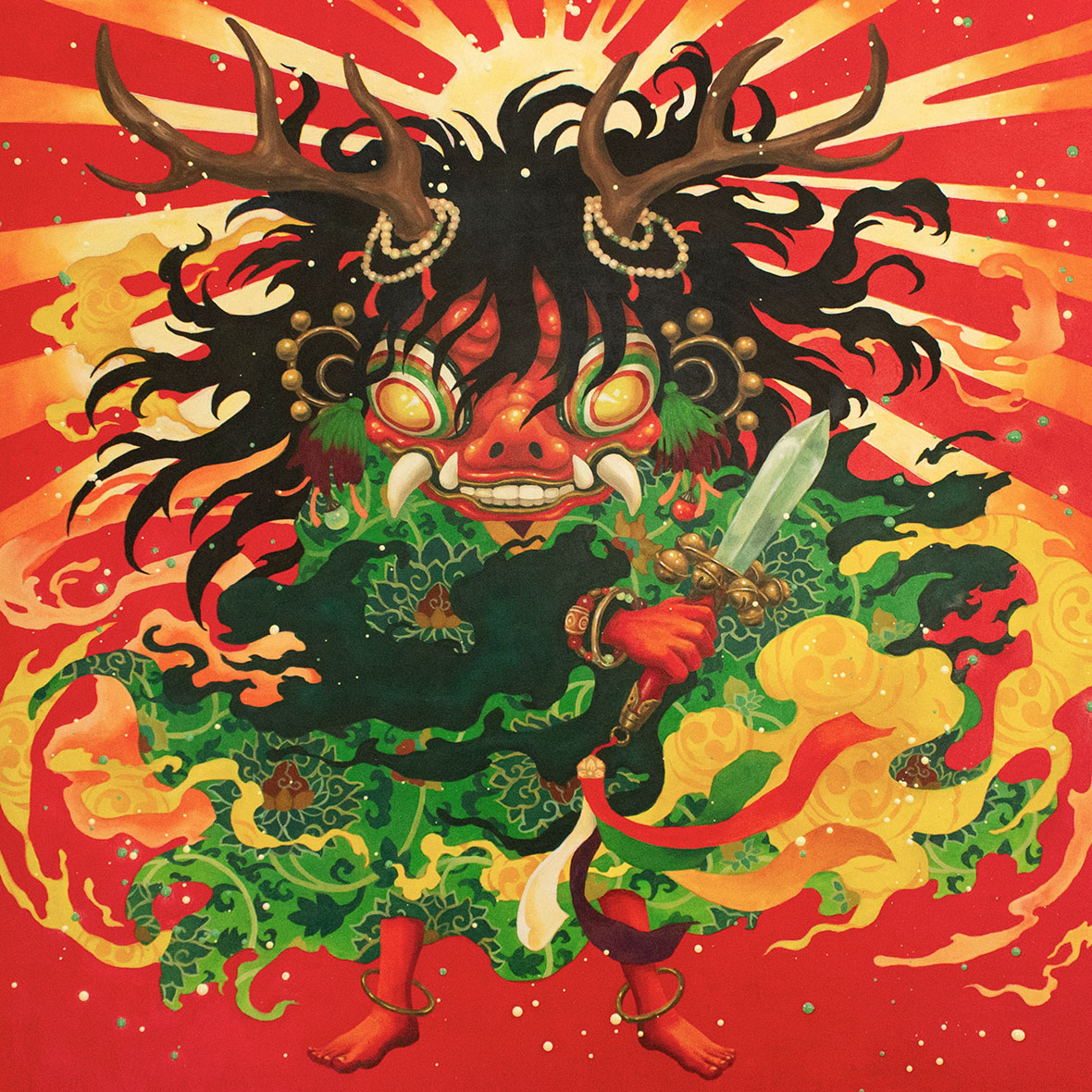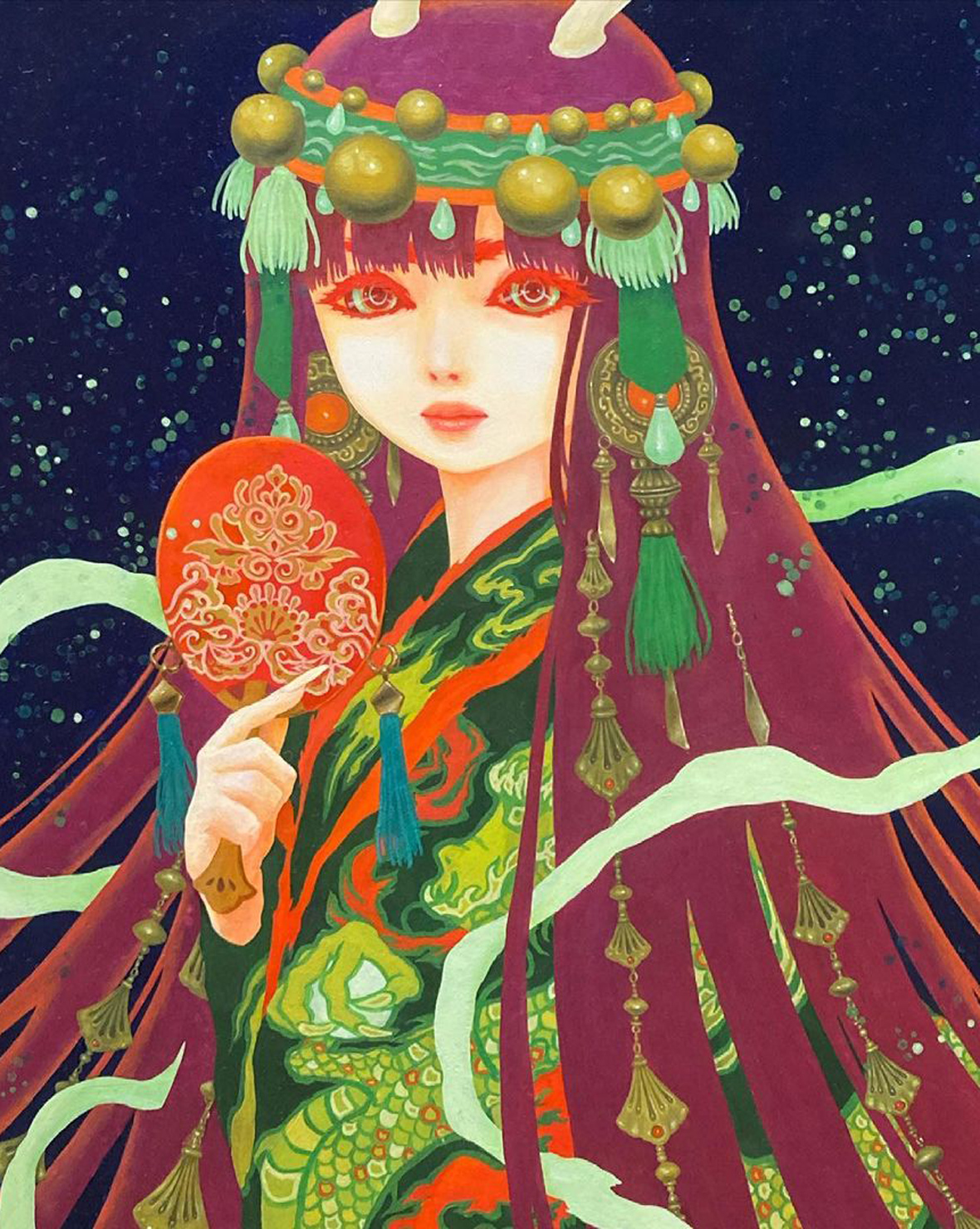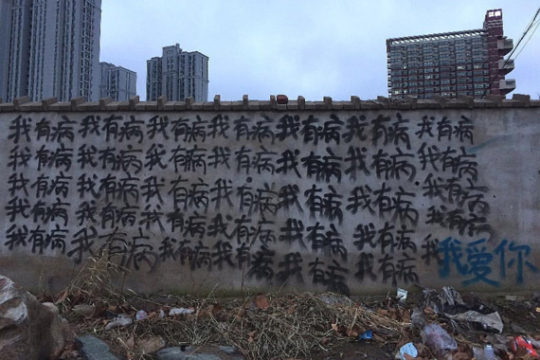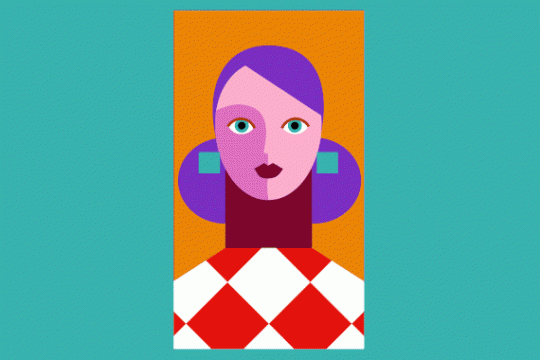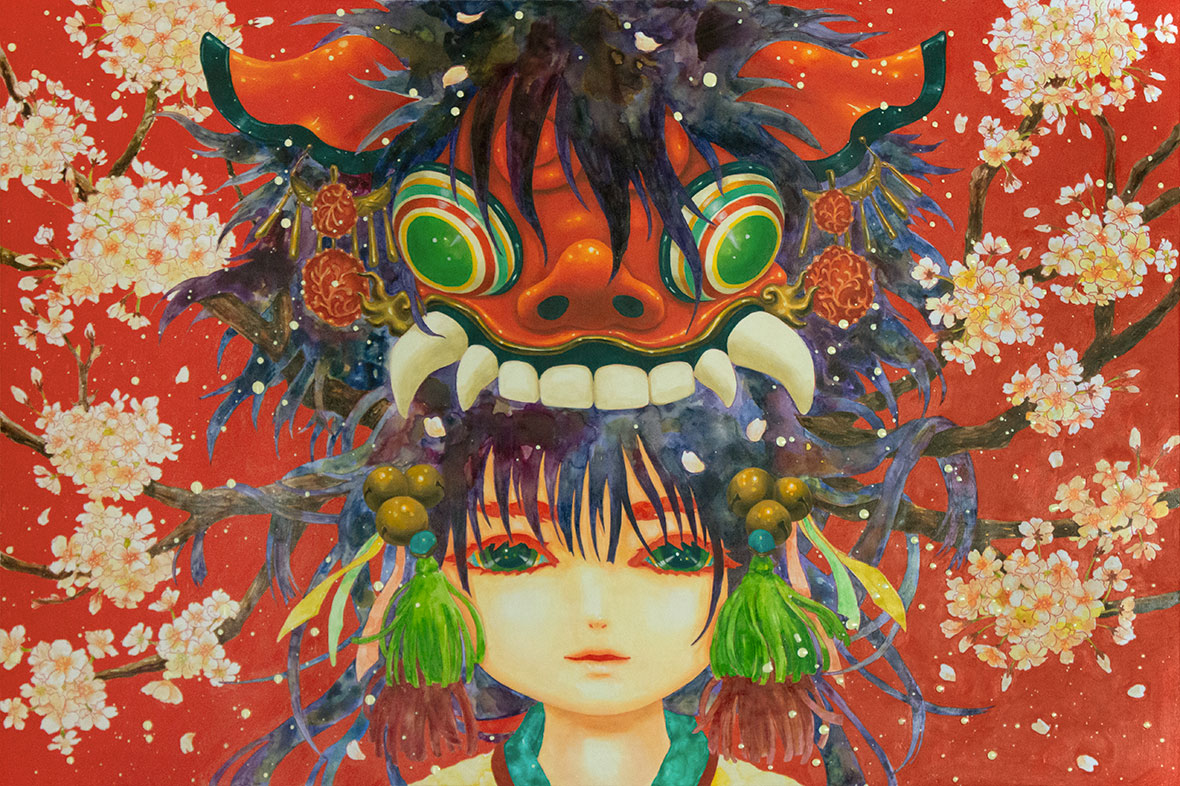
The artwork of Japanese painter Yuko Miyama bursts with energy. Flowing hair, silken tassels, and radiant suns swirl together on her canvases, framing playful but demonic characters. Her work connects with a deep history of Asian culture, tugging at historic threads as everything changed along its journey throughout the region over centuries and millennia.
日本画家 Yuko Miyama 的作品充满活力,飘逸的头发、丝质流苏和旭日图案,衬托出一个个鬼灵精怪的形象。她的作品扎根于深厚的亚洲文化,并从数千年的历史演变中剥茧抽丝,形成自己现有的风格。
Miyama’s demons glance wildly about with buldging eyes, appearing in the form of red creatures and horned children that fly and tumble mischievously. Their unruly hair drifts across the canvases in wisps like the smoke that entangles them. Fire and rays of the sun ignite while flower pedals drift lovingly. Bright reds, greens, and yellows collide. Everything moves and vibrates. Her work primarily features oil paints, but they’re often mixed with watercolor, acrylic, or tempera on cotton cloth and wood panel.
这些鬼怪化身为通体燃烧、头顶尖角的孩童,它们憨态顽皮,凸翘的双眼环顾四周。一个个披头散发,如烟雾般散布画面。一边是炙烤与燃烧,另一边却是温柔的花瓣四下飘荡。红、绿、黄色的相互碰撞,让所有元素在视觉上摇曳。创作上,Yuko 以油画颜料创作为主,也会加入水彩、丙烯或是蛋彩颜料,在棉布和木板上进行绘制。
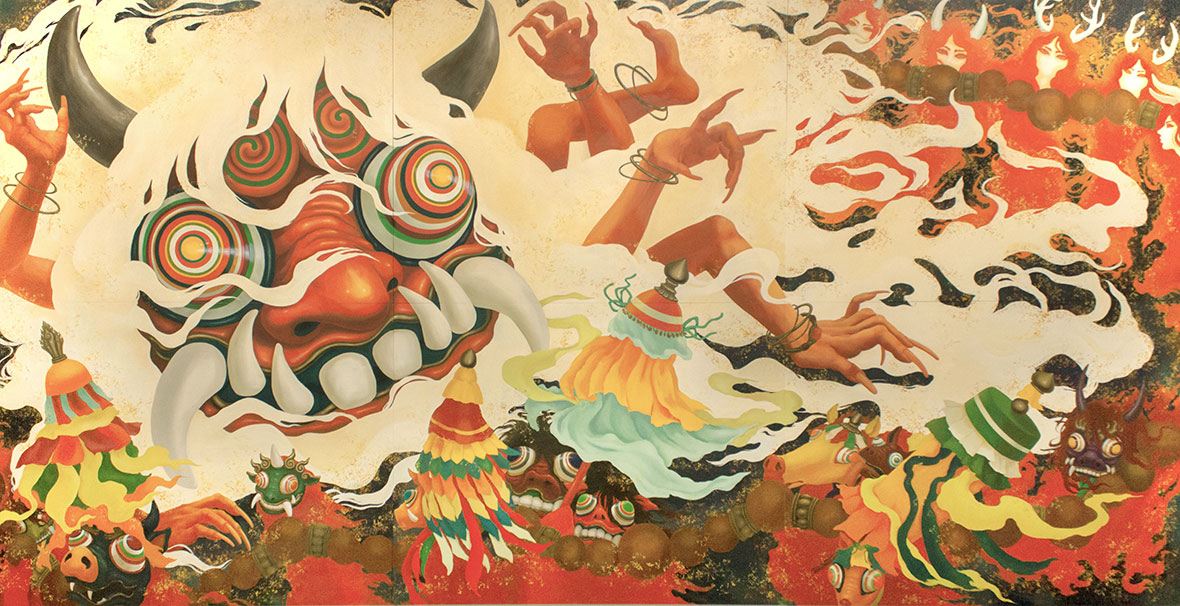
Although Miyama is not religious, she does believe in god and the existence of some invisible, higher power. “I have a longing and desire for that special thing,” she says. Her paintings are an attempt to visualize that world beyond our sight, to connect with something primordial and subconscious. “It’s about the emotion, energy, and insanity inside the human soul. But also the power born from nature, the unknown, and providence. This is the stuff at the root of Asian faith and culture, the root of Japanese thought.”
Yuko 不信教,但却相信世上无形力量的存在,“我对神秘、充满神权的事物满怀好奇。”她常常试图通过作品将看不到的世界具像化,将现实与原始、潜意识的世界联系起来,“这代表了人类对精神、情感、能量的颠狂,也是来源于自然、未知和上天的力量。这些都是亚洲地区信仰和文化的核心,也是日本文化思维的根源。”
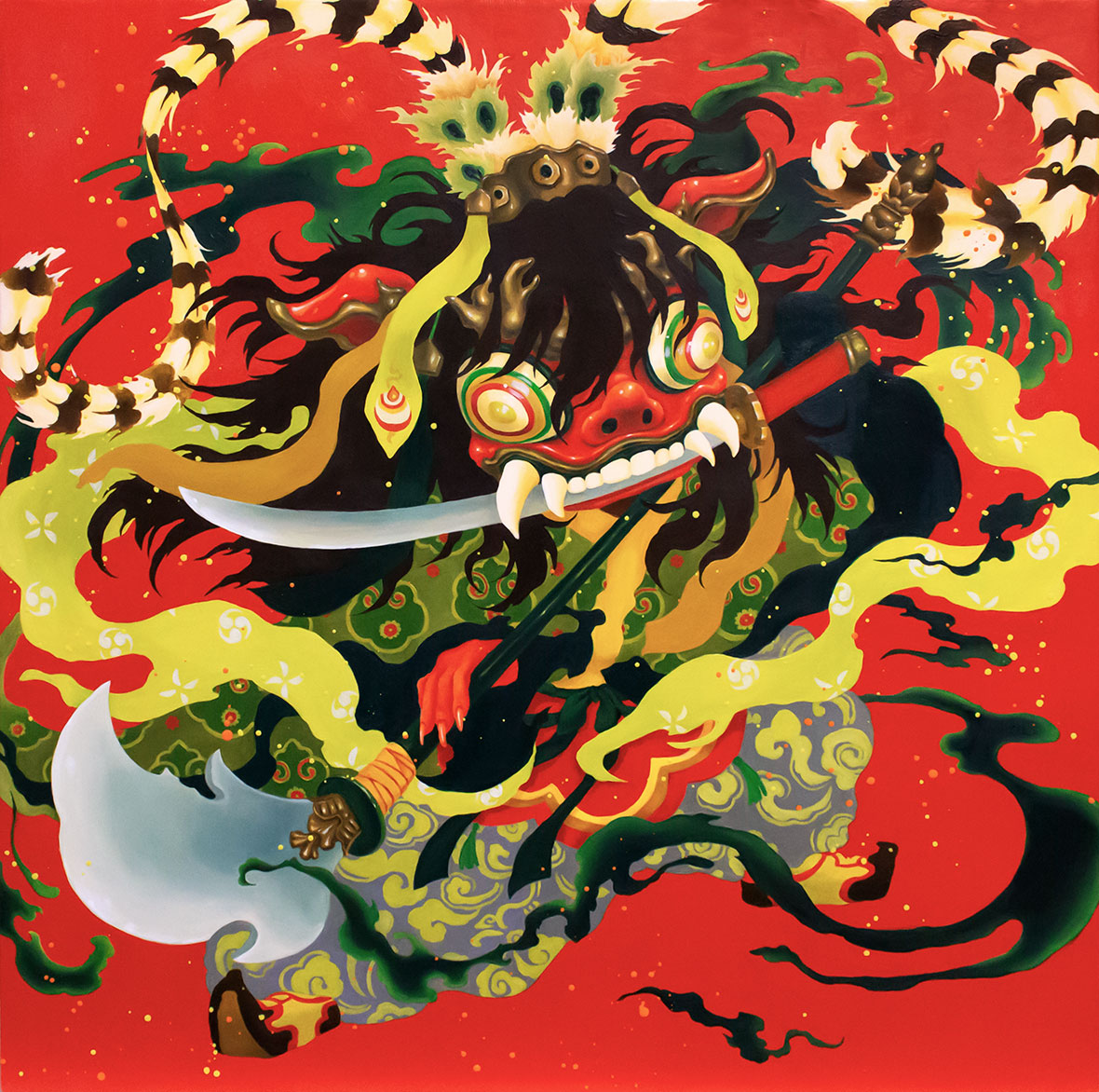
As culture and religion disseminated from India to China and then to Japan, it changed and evolved, leaving a lasting influence on each region’s culture. Similar imagery, rituals, and ideas are now practiced across Asia in endless variations. Miyama hopes to reach something at the root that connects it all, something more primitive but also more universal. She’s equally inspired by Tibetan, Hindu, Indian, Chinese, and Japanese cultures. “I want to connect with what’s at the center of this all and create something new,” she says.
印度文化和宗教在东亚流传的过程中曾发生过许多演变,对每个地区的文化都产生过深远的影响。时至今日,类似的仪式和思想流传于亚洲各地。Yuko 希望从根源的角度出发,将各种元素联系在一起。除此之外,藏传佛教、印度教、汉地佛教和日本文化也对她都有所启发。
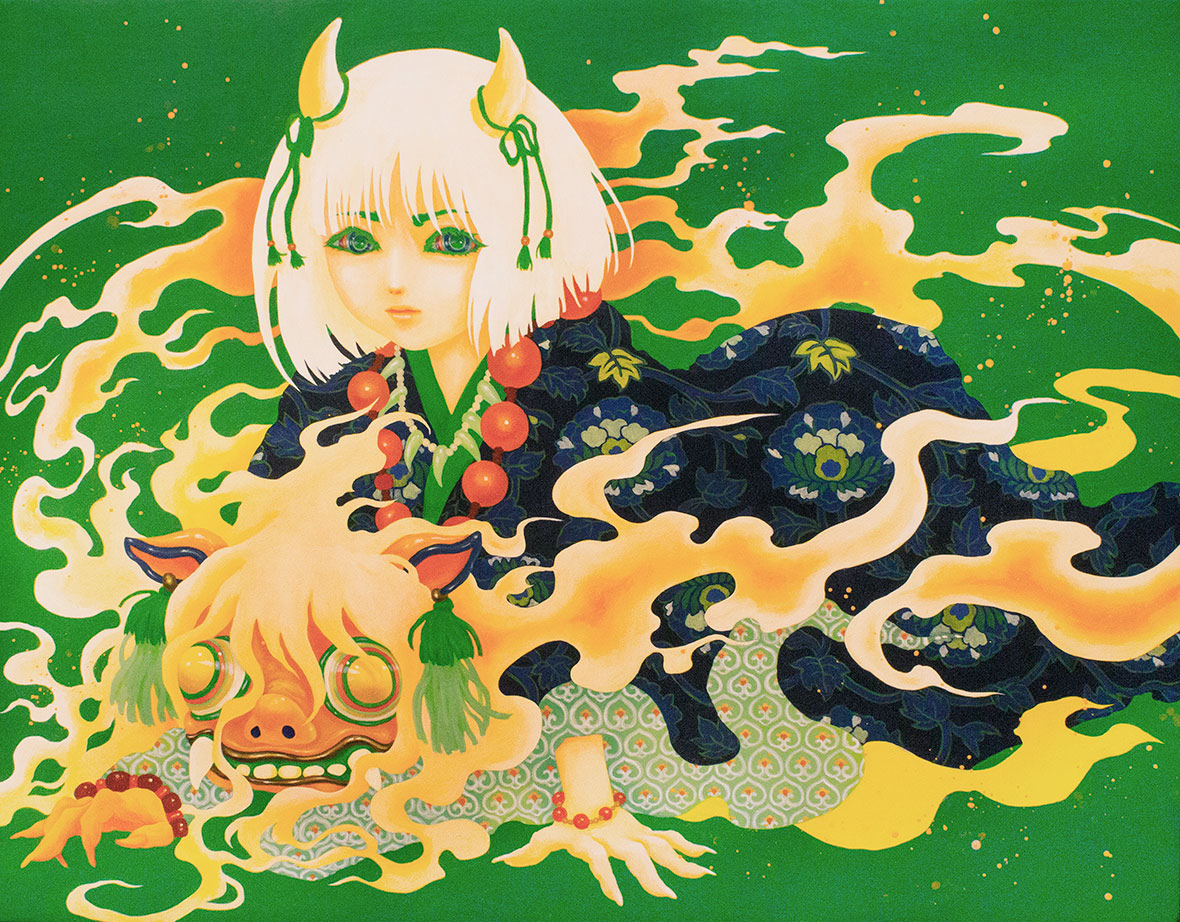
The demons and lions that Miyama paints are original creations, but they’re largely inspired by Asian religion and folklore. One recurring character is the Oni, a Japanese demon some suspect was introduced from China and who is often depicted via masks. The demon is generally considered evil and murderous but also capable of more a nuanced life. Another is a red version of the lion that appears in dances across Asia for Chinese New Year and other events, meant to spread good luck and fortune. “India introduced the lion to us, there are none in China or Japan. But its form was spread by human hands along the silk road, who used the beast creatively for different purposes. I draw the demon and the lion together as a symbol of strength and longing.”
作品里出现的鬼怪和狮子形象皆来自 Yuko 的原创设计,其大部分灵感来自亚洲地区宗教和民间传说。作品中一个频繁亮相的角色来自日本的妖怪“鬼”(Oni)。这种妖怪的造型最早由中国传到日本,后来当地制作了各种关于“鬼”的面具。“鬼”通常被认为是邪恶和凶残的化身,是一种非常凶猛、强悍的妖怪,其特征是披着锐利的利刃散开且长有尖角的高铜头,使人獠牙血盆大口,铃眼,皮肤常为红色或青色,上身裸露,下虎皮,身躯大壮,爪牙,以巨大围成一圈的狼牙棒为武器。另一个常见的角色是红狮子,在中国春节和其他节日活动里经常能看到它的身影,寓意传播好运和财富。“狮子来自印度,中国和日本并不产狮子。人们将狮子创作成各种形象,一路在丝绸之路上流传,用于各种不同的用途。而我将鬼怪和狮子并列,则是作为力量和渴望的象征。”
Miyama also depicts creatures in the likeness of dogs and deers, two animals considered as messengers of god in Japan. The sun appears regularly in her work as well, which has been used in many forms across Japanese history going back centuries. The rays of the sun have continually changed in her work; in her earlier paintings the rays have sharp, straight lines, but with successive paintings they increasingly swell and evolve, taking on more intricate shapes.
The bright colors and energetic style of Miyama’s paintings make all of this accessible and entertaining. She’s able to connect with, challenge, and reimagine ancient stories in a way that people from all walks of like can appreciate. It’s vague enough that viewers don’t need to agree with or understand any of it to enjoy it, but the foundations she touches on are also impossible not to notice. On a surface level it’s interesting, but the deeper one goes, the more they’re rewarded. There’s levels to it.
Yuko 偶尔还会以狗和鹿为原型进行创作。在日本,这两种动物被视为是神的使者。此外,太阳也是她作品里的常见元素。在过去多个世纪以来,太阳以各种形式、或是标志出现在日本历史中。而她所描绘的太阳光芒也有所变化:在早期的绘画中,她所画的光芒线条锐利、犀利,而在后期的作品里则逐渐呈现出膨胀、复杂的形状。
明快鲜艳的色彩、张扬写意的风格,将文化中晦涩难懂的部分活泼呈现。通过与各种古代传说重新建立联系,并进行再创造,创作出大众喜闻乐见的作品。加上作品寓意不明,观众无需理解或认同作品的内容,只从画面便能收获乐趣。但与此同时,作品所触及的根源意义也同样非同小可。乍看之下,Yuko 的作品充满趣味,但深入探究,也能收获更多,而这正是她的作品里所蕴含的丰富构想。
Like our stories? Follow us on Facebook and Instagram.
Website: www.yukomiyama.com
Instagram: @yuko.miyama.357
Contributor: Mike Steyels
Chinese Translation: Olivia Li

